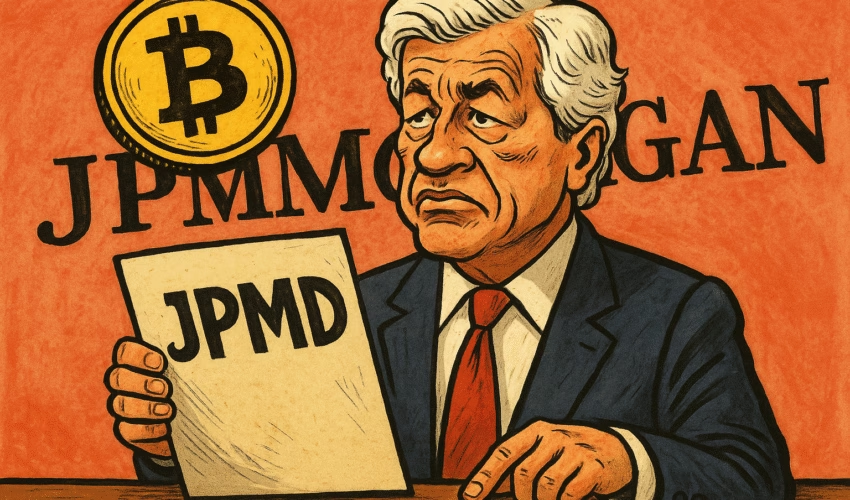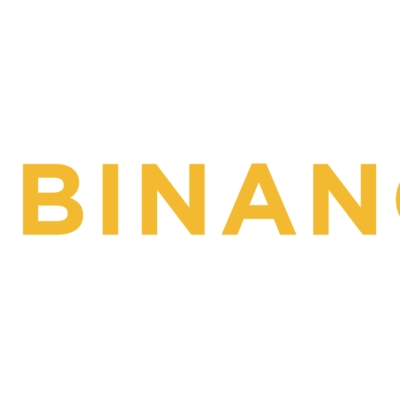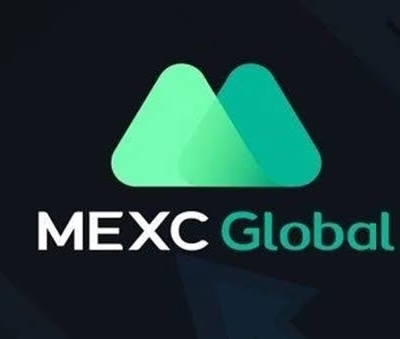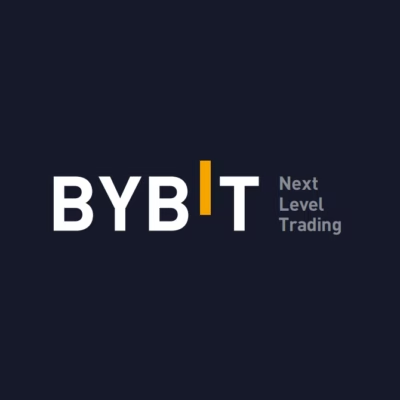Speculation Mounts Over Stablecoin Offering as Bank Expands Blockchain Footprint
JPMorgan Chase has filed a new U.S. trademark application for “JPMD,” signaling a possible expansion of its digital asset and blockchain-related services, including payment processing, trading, and exchange infrastructure. The move has reignited speculation that the global banking giant could soon enter the stablecoin arena.
Filed with the U.S. Patent and Trademark Office (USPTO) on Sunday, the application outlines a broad range of crypto-enabled financial services, further solidifying JPMorgan’s long-term interest in blockchain-based infrastructure — despite CEO Jamie Dimon’s well-known criticisms of Bitcoin.
JPMorgan May Be Preparing a Stablecoin Launch
Though the trademark filing does not explicitly mention the word “stablecoin,” many observers point to a May 22 report by The Wall Street Journal, which stated that JPMorgan — alongside Bank of America and Wells Fargo — has been exploring a joint stablecoin initiative.
The WSJ reported that the banks are considering a stablecoin that would directly compete with crypto-native issuers like Tether (USDT) and Circle’s USDC, as a tool to streamline cross-border transactions and settle routine payments faster.
Given the timing of the trademark filing and the earlier report, industry analysts speculate that the JPMD application could be linked to a forthcoming stablecoin product.
“The services listed in the trademark — digital asset exchange, transfer, clearing, and payments — all align with what a bank-backed stablecoin would enable,” one fintech attorney told Cointelegraph.
JP Morgan files for trademark “JPMD” speculated as JPMorganDollar – their intended new StableCoin.#JPMorgan #StableCoin pic.twitter.com/HMYHSYSrm8
— MartyParty (@martypartymusic) June 16, 2025
JPMorgan Already Deep in Blockchain Operations
JPMorgan’s increasing crypto ambitions shouldn’t come as a surprise. The bank has been a pioneer in blockchain finance, even as CEO Jamie Dimon has remained critical of Bitcoin (BTC) as an asset class.
For example:
-
JPMorgan operates the Kinexy platform (formerly Onyx), which has processed over $1.5 trillion in blockchain-based interbank payments
-
The bank’s JPM Coin is already in use, pegged 1:1 to the U.S. dollar, British pound, and euro, and designed for institutional settlements on private permissioned blockchains
Unlike public stablecoins, JPM Coin is not widely available to consumers but is used within JPMorgan’s institutional client network.
U.S. Stablecoin Legislation Moves Forward
JPMorgan’s trademark filing also arrives at a pivotal moment for stablecoin regulation in the U.S. The Guiding and Establishing National Innovation for U.S. Stablecoins Act (GENIUS Act) advanced through the Senate last week in a 68-30 vote, including support from both parties.
The bill would:
-
Establish federal standards for stablecoin issuance and reserves
-
Designate regulatory oversight between agencies like the SEC and Federal Reserve
-
Create legal clarity for financial institutions entering the stablecoin market
The GENIUS Act is now heading to a full Senate floor vote, and if passed, it will proceed to the House of Representatives before potentially landing on President Donald Trump’s desk for final approval.
“This legislation is crucial if traditional financial institutions like JPMorgan are going to enter the stablecoin market in a meaningful way,” said one Washington-based crypto policy expert.
Stablecoin Market Nears $252 Billion
The timing of JPMorgan’s trademark application also aligns with continued growth in the stablecoin market, which now has a combined capitalization of $251.7 billion, according to DefiLlama.
Leading stablecoin issuers include:
-
Tether (USDT): $156.3 billion market cap
-
USD Coin (USDC): $61.3 billion market cap
Despite regulatory hurdles, stablecoins have seen increasing adoption for cross-border payments, DeFi liquidity, and tokenized treasury markets.
“Stablecoins are no longer niche. They are the backbone of tokenized finance,” one analyst commented. “It’s no surprise JPMorgan is getting more serious.”
JPMorgan vs. Crypto-Native Issuers
If JPMorgan does launch a consumer- or enterprise-facing stablecoin, it would instantly become a top-tier competitor due to its global reach, regulatory relationships, and financial infrastructure.
However, crypto-native issuers like Tether and Circle have already built massive distribution networks across exchanges, wallets, and DeFi protocols, giving them a first-mover advantage.
JPMorgan may seek to differentiate itself by offering:
-
Compliance-first infrastructure
-
Integration with traditional banking
-
Backed guarantees by licensed financial entities
Conclusion
JPMorgan’s JPMD trademark filing suggests that the bank is preparing for a more direct role in the digital asset economy, possibly including a regulated stablecoin offering. With its blockchain-based JPM Coin already processing trillions in settlements and U.S. stablecoin legislation advancing, the move could place JPMorgan at the forefront of the next phase of crypto adoption in traditional finance.
Whether JPMD turns out to be a stablecoin brand or a broader digital payment suite, the filing confirms that JPMorgan is not just watching the crypto industry — it’s building for it.












